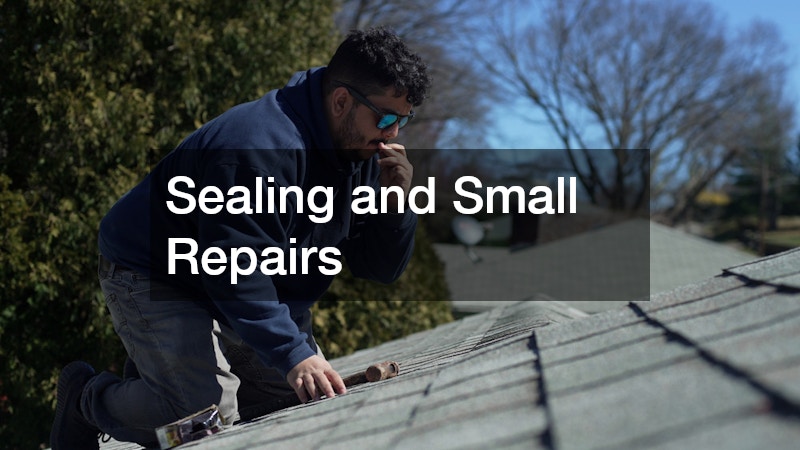Roofer Tips Extending the Life of Your Roof
In this article, we’ll explore the essential tips and maintenance strategies that can significantly extend the lifespan of your roof. By addressing some of the most common questions homeowners have, we aim to provide actionable insights and practical advice on preserving your roof for years to come. Understanding the key aspects of roof maintenance can save you time, stress, and money, ensuring lasting protection for your home.
Importance of Regular Inspections
Regular inspections are crucial for identifying potential issues before they become serious problems. Conducting bi-annual checks can help maintain roof integrity by uncovering small issues early.
Furthermore, staying on top of inspections provides peace of mind, knowing that your roof is in optimal condition.
Homeowners who prioritize regular roof assessments prevent the aggravation of minor damages into costly repairs. Inspections allow for proactive measures rather than reactive fixes, which tend to be more expensive. Regular assessment also extends roof life by preventing moisture infiltration and the consequential rot or decay.
Signs to Look for During Inspection
Learn what signs indicate potential roofing issues, such as missing shingles, leaks, and moss growth, and how to effectively identify them during inspections. Visually examining your roof can reveal cracked, curled, or missing shingles that can lead to further damage if neglected. Pay attention to water spots on ceilings and walls, which are telltale signs of leaks.
Additionally, inspect your attic for visible signs of water intrusion or daylight coming through the roof boards. Moss and algae growth are indicative of moisture retention, which can degrade roofing material over time. While these growths may appear harmless, they can lead to severe structural issues if left unchecked.
Professional vs. DIY Inspections
Understand the benefits and drawbacks of hiring a professional roofer versus conducting your own roof inspections to ensure your roof remains in top condition. DIY inspections might appeal to those looking to save money, offering a firsthand understanding of their roof’s condition. However, there are limitations to what an untrained eye can catch, potentially missing underlying problems.
On the other hand, professionals bring experience and expertise that ensures thorough evaluation. They are equipped with the right tools and technology to identify issues invisible to homeowners. While hiring a professional involves a cost, it may ultimately save money by avoiding major repairs missed during DIY inspections.
Cleaning Gutters and Downspouts
Keeping gutters and downspouts clear can prevent water build-up and damage to your roof. Regular cleaning is an essential maintenance task, helping to avoid overflow and water seeping into your foundation or fascia. Clogged gutters can lead to rot, mold, and irreversible damage to your roofing structures.
Homeowners should aim to clean their gutters at least twice a year, more frequently if they reside in areas with significant foliage. During cleaning, it’s vital to check for damage or leaks in the gutter system to ensure efficient water diversion. This routine task preserves not only the roof but also other aspects of home exteriors.
Dealing with Moss and Algae Growth
Explore effective methods for preventing and removing moss and algae, which can lead to roof deterioration if left unchecked. Moss thrives in moist, shady environments, often taking root between shingles, leading to separation and damage. Homeowners can apply moss-killing agents or zinc strips to prevent growth.
Algae, while less destructive than moss, can stain roofing materials and affect aesthetic appeal. Metal flashing can help control algae spread, while regular cleaning with suitable solutions maintains roof color and health. Both issues suggest a moisture problem that, if addressed early, can protect the roof.
Sealing and Small Repairs
Learn how addressing small issues like resealing and minor repairs can prevent larger, more costly problems in the future, contributing to a longer roof lifespan. Small breaches, when promptly addressed, can avoid water infiltration and subsequent substantial repair costs. The incorporation of sealing routines enables robust protection against unpredictable weather events.
Homeowners can apply seals and patches to affected areas, providing a temporary fix while preparing for more comprehensive repair work. Even seemingly minor cracks in flashing or missing shingles can escalate if not fixed promptly. Recording the roof’s condition assists in monitoring when small repairs might be necessary.
Energy Efficiency and Environmental Impact
Discuss how selecting energy-efficient materials can not only extend the life of your roof but also reduce your environmental footprint. Cool roofing options, including light-colored shingles or metal roofs, reflect more sunlight, reducing heat absorption and lowering cooling costs. These energy-efficient roofing choices make a significant difference in energy consumption and overall home comfort.
By staying proactive with regular inspections, performing timely maintenance, and choosing the right materials, homeowners can significantly extend the lifespan of their roofs. Implementing these strategies ensures long-term protection for your home and minimizes costly repairs. As each home is unique, adapting these guidelines to individual circumstances sets paths to maximize roofing longevity.




